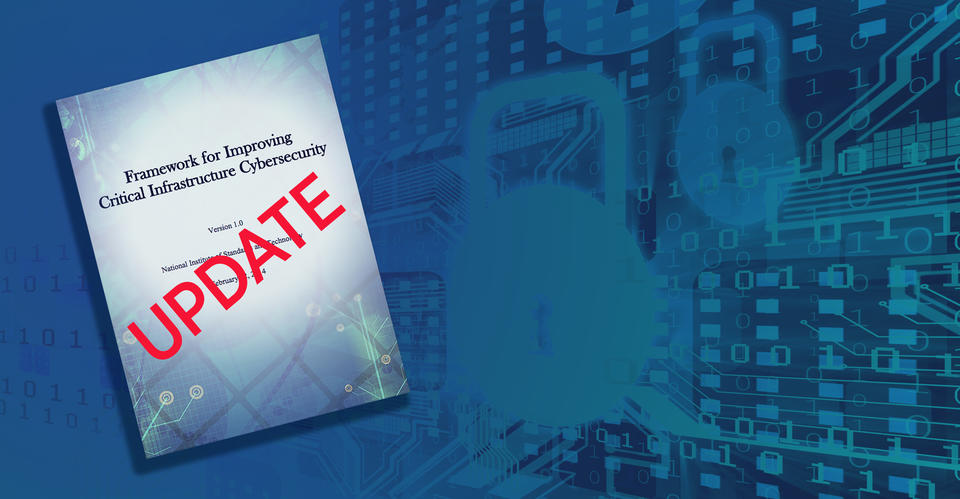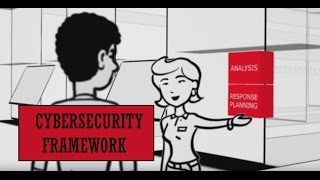
The National Institute of Standards and Technology (NIST) has issued a draft update to the Framework for Improving Critical Infrastructure Cybersecurity—also known as the Cybersecurity Framework. Providing new details on managing cyber supply chain risks, clarifying key terms, and introducing measurement methods for cybersecurity, the updated framework aims to further develop NIST’s voluntary guidance to organizations on reducing cybersecurity risks.
The Cybersecurity Framework was published in February 2014 following a collaborative process involving industry, academia and government agencies, as directed by a presidential executive order. The original goal was to develop a voluntary framework to help organizations manage cybersecurity risk in the nation’s critical infrastructure, such as bridges and the electric power grid, but the framework has been widely adopted by many types of organizations across the country and around the world. The Cybersecurity Enhancement Act of 2014 calls for NIST to continue its work on the framework.
The 2017 draft Framework for Improving Critical Infrastructure Cybersecurity Version 1.1 incorporates feedback since the release of framework version 1.0, and integrates comments from the December 2015 Request for Information as well as comments from attendees at the Cybersecurity Framework Workshop 2016 held at the NIST campus in Gaithersburg, Maryland.
“We wrote this update to refine and enhance the original document and to make it easier to use,” said Matt Barrett, NIST’s program manager for the Cybersecurity Framework. “This update is fully compatible with the original framework, and the framework remains voluntary and flexible to adaptation.”
To assist users wanting to apply the framework to cyber supply chain risk management, the authors developed a vocabulary so all organizations working together on a project can clearly understand cybersecurity needs. Examples of cyber supply chain risk management include a small business selecting a cloud service provider or a federal agency contracting with a system integrator to build an IT system.
In the renamed and revised “Identity Management and Access Control” category, the draft clarifies and expands the definitions of the terms “authentication” and “authorization.” Authors also added and defined the related concept of “identity proofing.”
“In the update we introduce the notion of cybersecurity measurement to get the conversation started,” Barrett said. “Measurements will be critical to ensure that cybersecurity receives proper consideration in a larger enterprise risk management discussion,” he added.
The deadline to send comments on the draft Framework for Improving Critical Infrastructure Cybersecurity Version 1.1 is April 10, 2017. Please send comments to cyberframework [at] nist.gov (cyberframework[at]nist[dot]gov).


